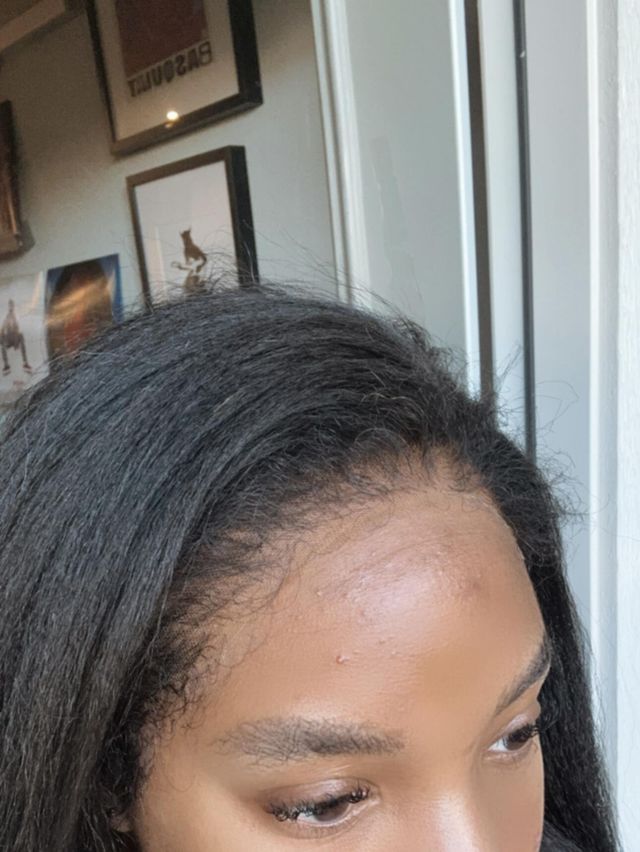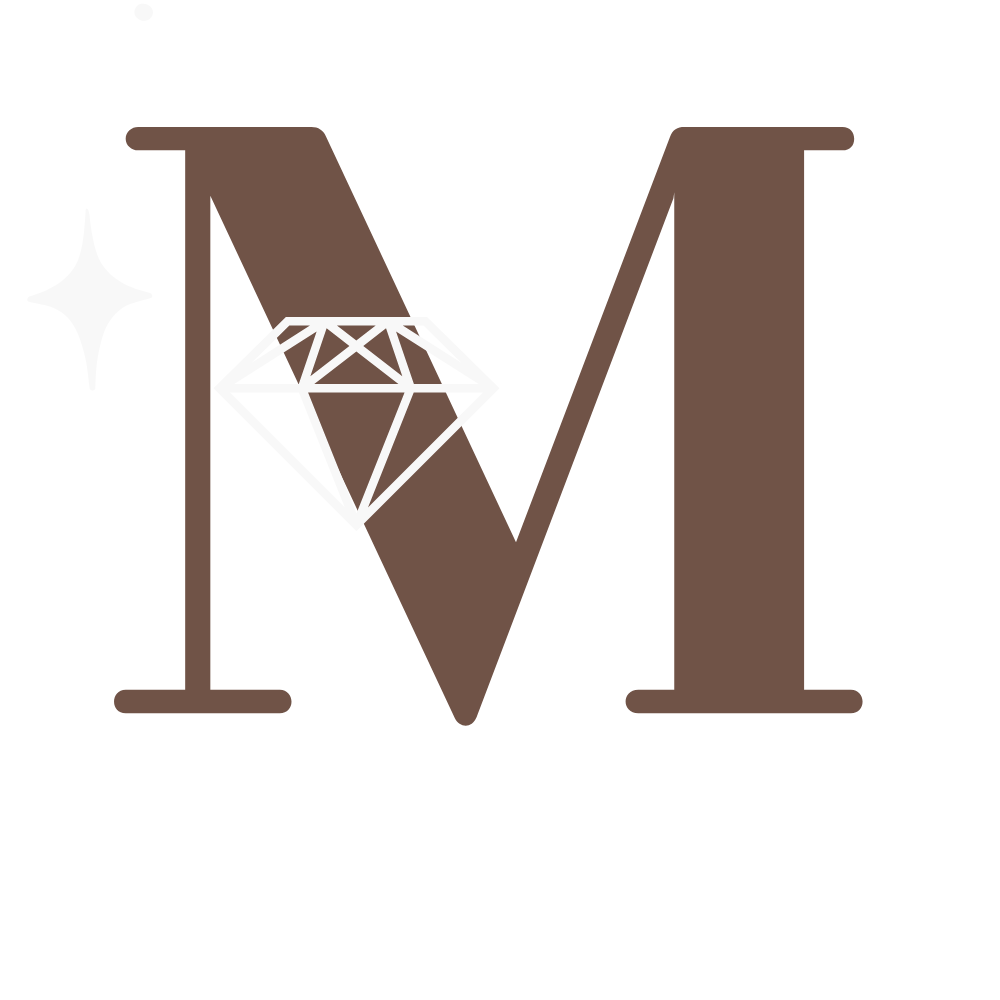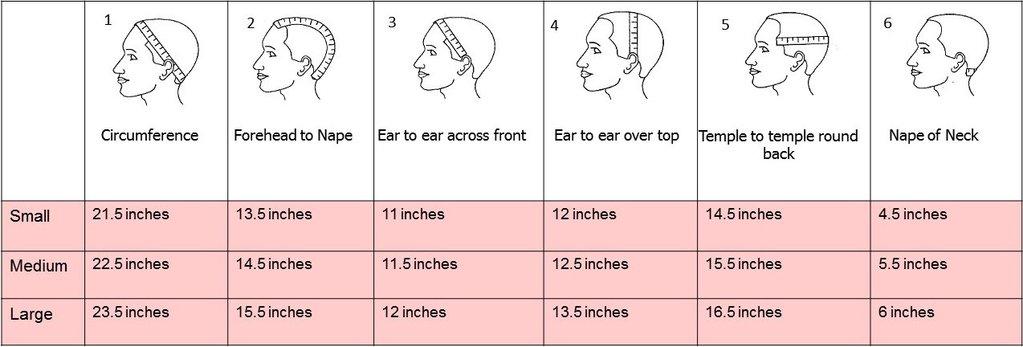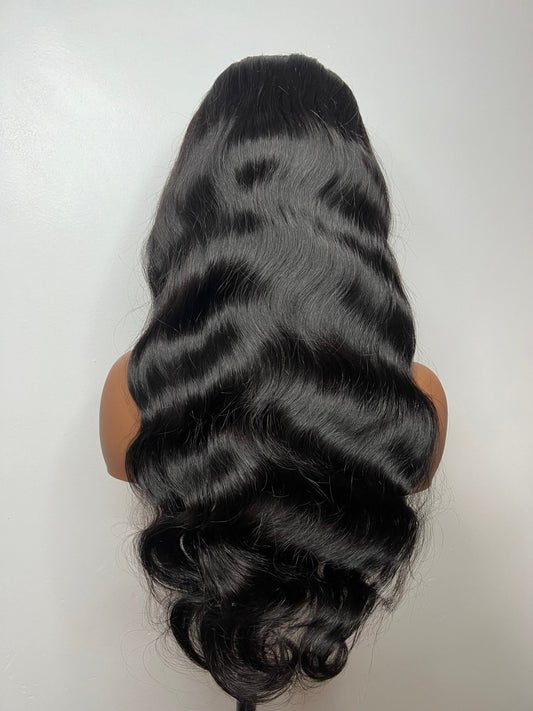
How to Maintain Healthy Hair Under Your Wig and Promote Hair Growth
Wigs can be a fun way to try new styles and protect your hair, but it's crucial to maintain healthy hair care practices to promote growth underneath. Let’s dive into how you can enjoy the benefits of wigs while ensuring your natural hair stays healthy and strong.
Benefits of Wearing Wigs

Wigs are fantastic for experimenting with different hairstyles without committing to a permanent change. Whether you want to go from a bob to waist-length locks or try out a bold new color, wigs make it possible. They also serve as a protective style, shielding your natural hair from environmental damage and daily styling stress.
Importance of Healthy Hair Care Practices
To keep your natural hair flourishing under your wig, adopting healthy hair care practices is essential. These practices not only promote hair growth but also prevent damage and breakage.
Regular Hair Washing
Washing your hair regularly is a cornerstone of good hair health. It removes product buildup, dirt, and oils that can clog your hair follicles and stunt growth. Aim to wash your hair at least once a week with a gentle, sulfate-free shampoo.
Scalp Massages
Scalp massages are a simple yet effective way to stimulate hair growth. They increase blood circulation to the scalp, which helps nourish your hair follicles. Use your fingertips to gently massage your scalp for 5-10 minutes daily, or use a scalp massager for an added boost.
Hair Growth-Promoting Oils
Incorporating hair growth-promoting oils into your routine can make a significant difference. Jamaican black castor oil is renowned for its ability to thicken and strengthen hair, while rosemary essential oil can stimulate hair follicles and promote growth. Apply these oils directly to your scalp or mix them with your conditioner for added benefits.
Conditioning After Every Wash
Conditioning your hair after every wash is crucial for maintaining moisture and preventing breakage. Choose a conditioner suited to your hair type, whether it’s a leave-in, rinse-out, or deep conditioner. Ensure that you cover all your strands and leave it in for the recommended time to reap the full benefits.
Avoid Wearing Wigs to Sleep
Wearing wigs to sleep can cause friction and stress on your hair, leading to breakage. Instead, remove your wig before bedtime and opt for a satin or silk bonnet to protect your hair while you sleep. These materials reduce friction and help maintain your hair's moisture levels.
Using a Properly Fitting Wig
A well-fitting wig is essential for comfort and hair health. An ill-fitting wig can cause tension on your scalp and hairline, leading to hair loss and discomfort. Measure your head accurately and choose a wig that fits snugly but not too tightly.
Wearing a Wig Cap
A wig cap acts as a barrier between your natural hair and the wig, reducing friction and helping to keep your hair in place. Opt for a breathable, lightweight wig cap to ensure comfort and minimize sweating.
Choosing Glueless or Headband Wigs
Glueless and headband wigs are excellent options for reducing stress on your hairline. Glueless wigs don’t require adhesive, which can pull on your hair and scalp. Headband wigs offer a secure fit without the need for glue or clips, making them a gentle alternative.
Proper Wig Positioning
Positioning your wig correctly can prevent unnecessary stress on your hairline. Ensure that the wig sits comfortably on your head without pulling or tugging. Adjust the straps or combs to secure it in place without causing tension.
Braiding Hair Carefully
Braiding your hair under your wig can help protect it, but it’s important to braid carefully. Tight braids can cause stress on your hairline and lead to breakage. Opt for loose, comfortable braids and avoid pulling too tightly.
Ensuring Hair is Dry Before Wig Application
Applying a wig on wet or damp hair can lead to mold and mildew growth, damaging your natural hair. Always make sure your hair is completely dry before putting on your wig. Use a blow dryer on a low heat setting or air dry your hair thoroughly.
Wearing a Satin Bonnet to Bed
Wearing a satin bonnet to bed helps maintain your hair’s moisture and reduces friction, preventing breakage. If you’re not a fan of bonnets, a satin pillowcase is a great alternative.
Taking Breaks from Wigs
Taking regular breaks from wigs allows your scalp and hair to breathe. Plan wig-free days into your routine to give your hair a rest and prevent any long-term damage from constant wig-wearing.
Consistent Hair Care Routine
Consistency is key when it comes to hair care. Establish a routine that includes regular washing, conditioning, and moisturizing. Stick to this routine to see long-term benefits and promote healthy hair growth.
MellowDiamond’s Innovative Approach

MellowDiamond stands out in the world of hair fashion with its innovative approach to creating natural-looking wigs. Their wigs are specifically designed for women experiencing hair loss, offering a blend of style, comfort, and realism. By choosing MellowDiamond, you can enjoy the benefits of a high-quality wig while ensuring your natural hair stays healthy.
Conclusion
Maintaining healthy hair under your wig requires a bit of effort, but it’s well worth it. By following these tips, you can protect your natural hair, promote growth, and enjoy the versatility that wigs offer. Remember, healthy hair care practices are the foundation for long and strong hair.
FAQs
Why is it important to wash your hair regularly under a wig?
Regular washing removes buildup of products, dirt, and oils that can clog hair follicles and impede growth, keeping your scalp healthy.
Can I use any oil for scalp massages?
While many oils can be beneficial, oils like Jamaican black castor oil and rosemary essential oil are particularly effective in promoting hair growth.
How often should I condition my hair?
You should condition your hair after every wash to maintain moisture and prevent breakage. Choose a conditioner that suits your hair type and needs.
What are the signs that my wig is not fitting properly?
If your wig feels too tight, causes discomfort, or leaves marks on your scalp, it may not be fitting properly. A well-fitting wig should be snug but comfortable without causing any tension.


